Purpose
This exercise strengthens visual memory and attention to detail by having teams create their own configurations of playing cards or dominos and then exchange them with another group to recreate from memory. It encourages collaboration, memory retention and strategic teamwork.
Objective
Each team designs a unique configuration of playing cards or dominos. Teams then exchange configurations with another group, observe it and recreate the configuration from memory within a set time. The team with the fewest mistakes wins.
What You Need
- Playing cards or dominos. You need two sets per each group of 3 delegates.
- A timer that everyone can see
- Table space for each group
- A cover for each group to cover their designs. You need to use something that doesn’t disturb the pattern. For example, you cannot use a piece of cloth on top of playing cards as it will mess up the pattern when you lift it.
Setup
- Divide the delegates into teams of 3 people. Each team will first act as the designers by creating their own configuration and later as the observers when they recreate another group’s configuration.
- Provide one set of playing cards or dominos to each team. You don’t need to provide an entire set. Decide how many card/dominos you provide. It should be the same amount for each team. The more you provide, the stronger the challenge and the harder it will be to recreate from memory.
- Explain any rules they need to follow when creating a pattern. For example:
- Pieces must be inline with each other or perpendicular to each other, no diagonals are allowed.
- Pieces should fit in a square area of X by X.
- If you are using cards, the suits and numbers don’t matter. The same goes with domino numbers. This exercise is about recreating the shape of the overall configuration: the placement of cards in relation with each other.
-
Design Phase (60 seconds):
- On your mark, get each team to create a unique configuration on a designated table.
- Make sure teams cannot see each other’s work as they go through this phase.
- Start the timer and make sure they know they have 60 seconds and can see the timer.
-
Cover Phase (30 seconds):
- Stop everyone after the allocated time.
- Get teams to take a photo reference of their designs and then cover them so the design cannot be seen anymore.
-
Exchange Phase (30 seconds):
- Rotate teams so each team gets to observe another team’s work.
- Get teams in position behind covered patterns made by another team.
-
Observation Phase (60 seconds):
- On your mark, get each team to reveal the pattern in front of them.
- They have 60 seconds to study the configuration they have been assigned. Encourage the team to communicate and decide on strategies to remember key details together. They should work together to make the memorisation task easier.
-
Recreation Phase (60 seconds):
- After the allocated time, they should cover the pattern.
- Give each team 60 seconds to recreate the configuration they observed, using a new set of cards or dominos. They must rely entirely on memory and teamwork to accurately replicate the pattern.
-
Reveal and Compare (2 min):
- After the time is up, get teams to reveal the original configuration either from under the cover or by using the reference photo.
- Get each team to compare their recreated configuration to the original and note any discrepancies.
- Get them to count the number of errors they have made such as misplaced cards/dominos or incorrect orientation of cards/dominos. You set the rules for how errors are counted and should be consistent for all teams.
- Draw a table on a whiteboard and record each team’s total number of mistakes.
- Declare the team with the fewest mistakes as the winner and praise them for their excellent memory and teamwork.
- Bring everyone back together and follow with a discussion.
Timing
Explaining the Exercise: 5 minutes
Activity: 1 min design + 0.5 min cover + 0.5 min exchange + 2 min observation + 1 min recreation + 2 min reveal = 7 minutes
Group Feedback: 10 minutes
Discussion
After the comparison phase, lead a discussion to reflect on the exercise. Use the following questions to guide the conversation:
- How did your team strategise during the observation phase? What worked well, and what didn’t?
- How did you divide up the work of memorising the configuration as a team?
- Were there any particular challenges in recreating the configuration? How did you overcome them?
- How important was communication within your team during both the observation and recreation phases?
- What would you do differently next time to improve your performance?
- How can these memory strategies be applied in real-world scenarios or work situations?
- What was the reason behind the success of the best team?
Variations
- Adjusts the number of cards. To make the exercise more difficult, increase the number of cards/dominos available for making the configuration.
- Adjust task time. Control the challenge by increasing or decreasing the time they have to design or recreate from memory.
- Run as individuals. To focus the exercise only on memory rather than teamwork, get each delegate to perform the memorisation task on their own.
- Memorise from one design. Design a pattern yourself for everyone. Reveal the design to all and get them to memorise and then recreate it on their own. You can optionally show an image of the pattern to the class on a large screen and after the observation time get them to recreate it.
Soft Skills Training Materials
Get downloadable training materials
Online Train the Trainer Course:
Core Skills
Learn How to Become the Best Trainer in Your Field
All Tags
Training Resources for You
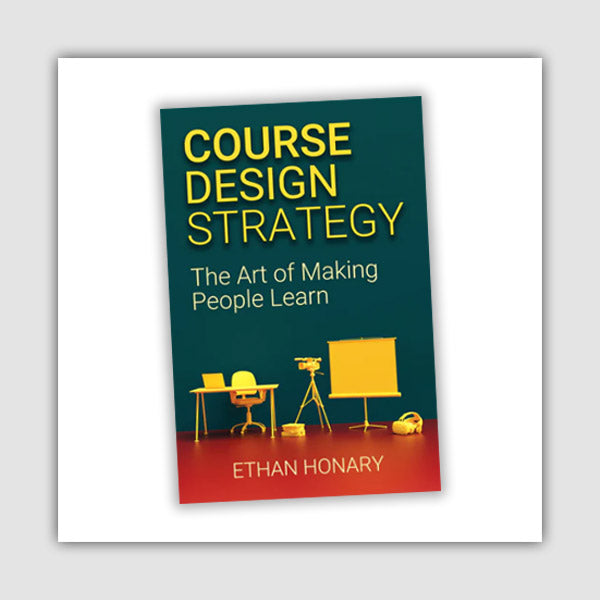
Course Design Strategy
Available as paperback and ebook

Free Training Resources
Download a free comprehensive training package including training guidelines, soft skills training activities, assessment forms and useful training resources that you can use to enhance your courses.

Our Comprehensive Guide to Body Language

Train the Trainer Resources
Get Insights - Read Guides and Books - Attend Courses
Training Materials
Get downloadable training materials on: Management Training, Personal Development, Interpersonal Development, Human Resources, and Sales & Marketing

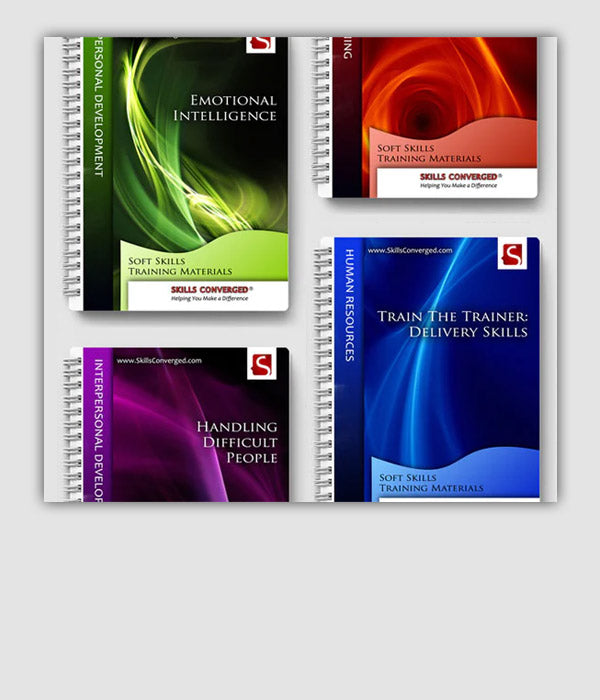
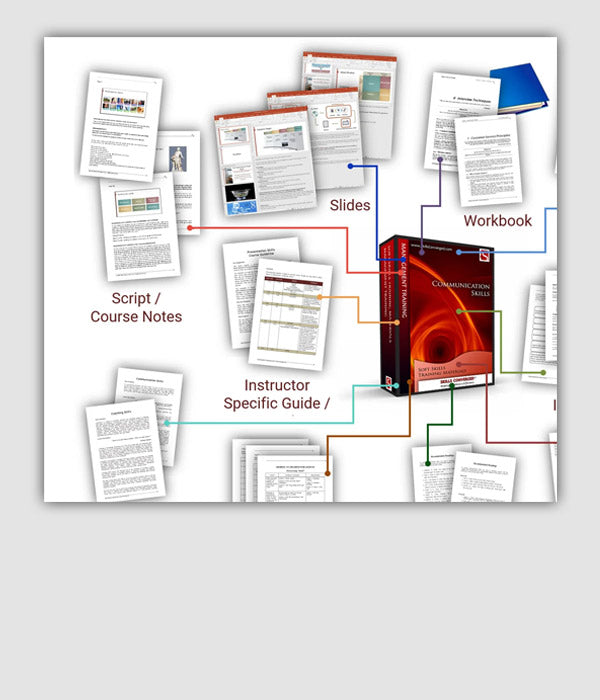

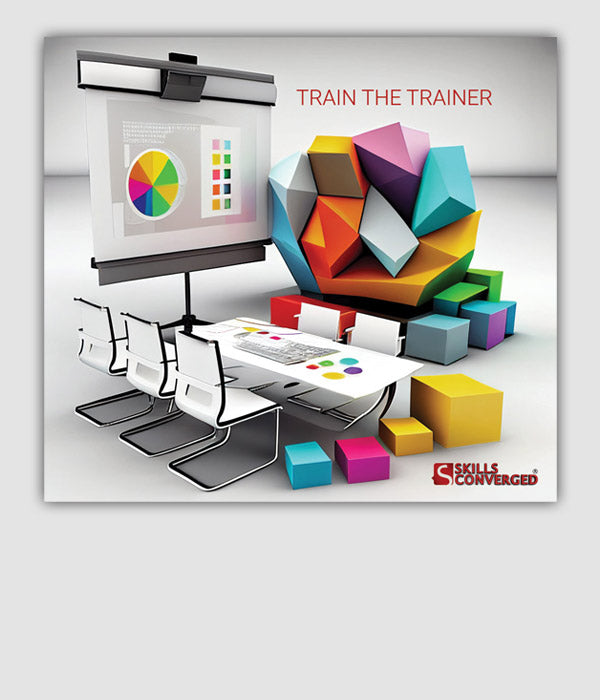
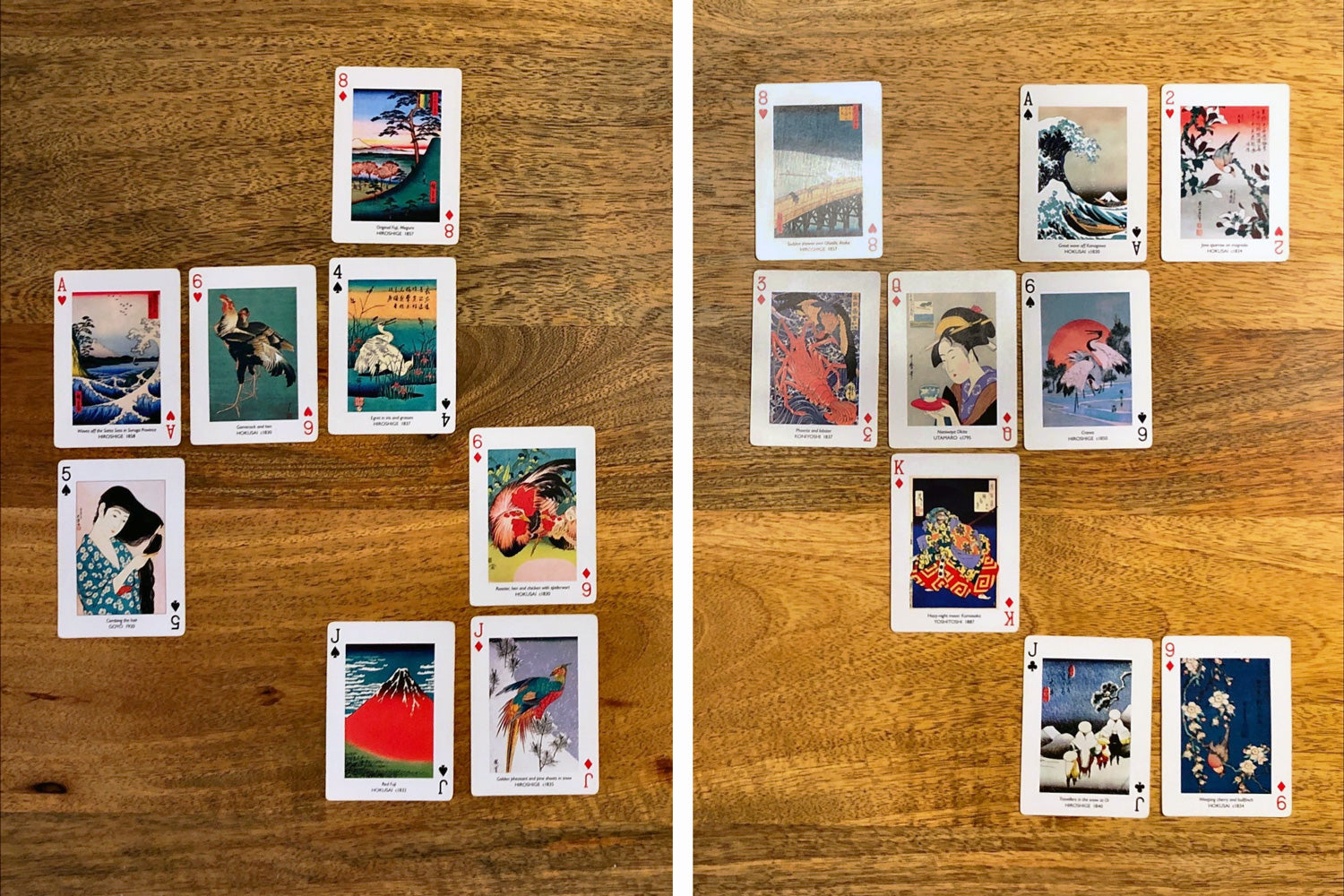




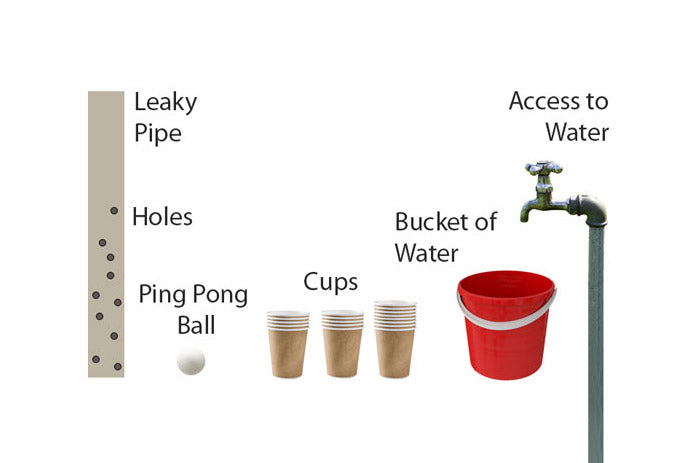
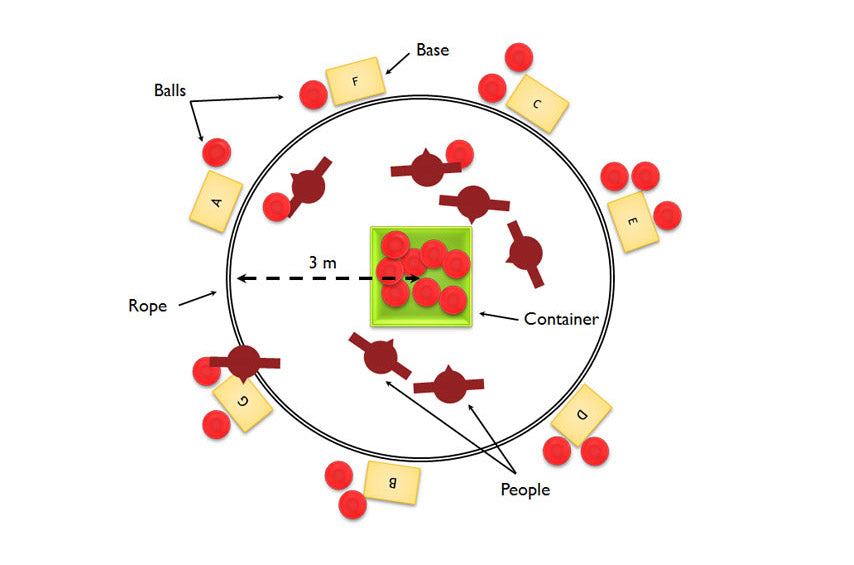


2 comments
Ethan Honary
Thanks Annegmai for your comment. It is possible you can run this exercise in a non-competitive way, if not ideal. You cannot have just one group working, because the mechanism is that some groups are making a pattern that others don’t see and can then use as a memory exercise. Making the whole class work together is also too much; you will have too many heads for the tasks. Teams should not be more than 5 really as when you have more people decision making becomes less efficient. One option is that you can make several patterns on several tables beforehand and then get a bunch of teams go through the memorisation task and in the end don’t share any results or give an indication of competition.
Annegmai
Thank you for this exciting exercise! However, i prefer to use games without loosers – and wherever there is a winner, there is necessarily a looser… Would it be possible to have the whole group work on the memorization and recreation of one single design and still learn what helps and what hinders cooperation and joint success?
Leave a comment
All comments are moderated before being published.
This site is protected by hCaptcha and the hCaptcha Privacy Policy and Terms of Service apply.